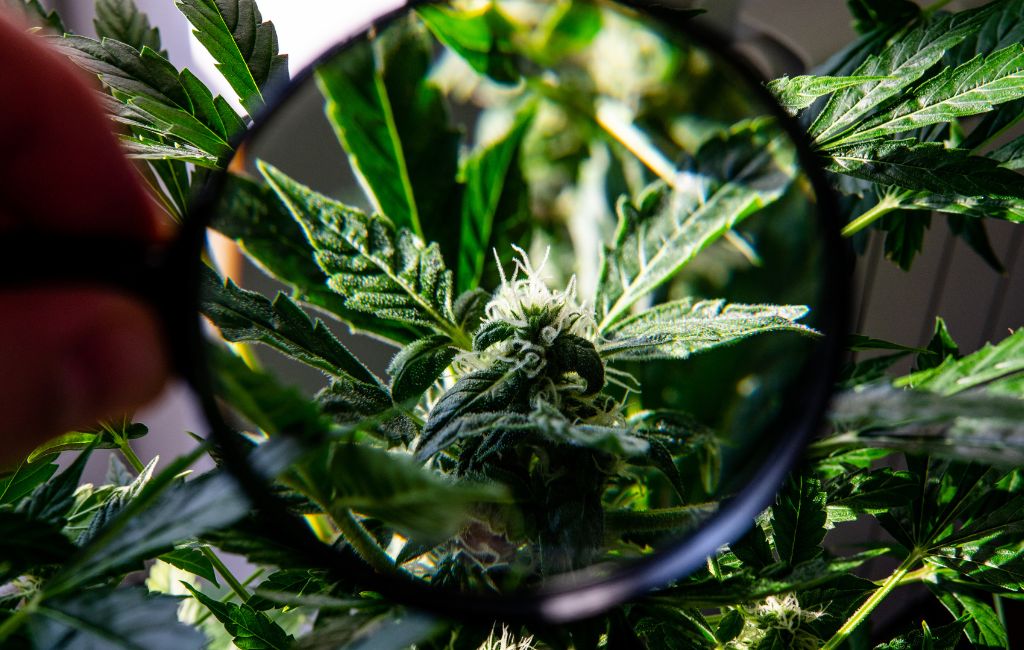Weeds are a common challenge for gardeners and farmers alike. They compete with crops and plants for nutrients, water, and sunlight, often leading to reduced yields and unsightly gardens. Effective weed control is essential for maintaining healthy plants and maximizing productivity. This article explores various simple solutions for managing weeds, offering practical insights and examples to help you keep your garden or farm weed-free.
Understanding Weeds
Before diving into weed control methods, it’s important to understand what weeds are. Weeds are simply plants growing where they are not wanted. They can be annuals, biennials, or perennials, each with different growth habits and control challenges. Identifying the type of weed is the first step in choosing the right control method.
Common Types of Weeds
- Annual Weeds: These complete their life cycle in one year. Examples include crabgrass and chickweed.
- Biennial Weeds: These take two years to complete their life cycle. Examples include wild carrot and bull thistle.
- Perennial Weeds: These live for more than two years and can be particularly challenging to control. Examples include dandelions and bindweed.
Manual Weed Control
Manual methods are often the simplest and most environmentally friendly way to manage weeds. They require physical effort but can be highly effective, especially in small areas.
Hand Pulling
Hand pulling is a straightforward method that involves removing weeds by hand. It’s most effective when the soil is moist, allowing for easier removal of the entire root system. This method is ideal for small gardens or areas with a low weed density.
Hoeing
Using a hoe to cut weeds at the soil surface is another effective manual method. This technique works best for annual weeds and should be done regularly to prevent weeds from setting seed.
Cultural Weed Control
Cultural methods involve modifying the environment to make it less conducive to weed growth. These methods often complement other control strategies.
Mulching
Mulching involves covering the soil with organic or inorganic materials to suppress weed growth. Common mulching materials include straw, wood chips, and plastic sheeting. Mulch blocks sunlight, preventing weed seeds from germinating and conserving soil moisture.
Crop Rotation
Rotating crops disrupts the life cycle of weeds, reducing their prevalence over time. This method is particularly effective in agricultural settings, where different crops can be planted in succession to outcompete weeds.
Mechanical Weed Control
Mechanical methods use tools and machinery to manage weeds. These methods are suitable for larger areas and can be more efficient than manual techniques.
Tillage
Tillage involves turning the soil to bury weeds and their seeds. This method is effective for controlling annual weeds but may not be suitable for perennials, which can resprout from root fragments.
Mowing
Mowing is a practical solution for managing weeds in lawns and pastures. Regular mowing prevents weeds from flowering and setting seed, reducing their spread.
Chemical Weed Control
Chemical methods involve using herbicides to kill or inhibit weed growth. While effective, they should be used judiciously to minimize environmental impact.
Selective Herbicides
Selective herbicides target specific types of weeds without harming desired plants. They are useful in lawns and gardens where certain weeds are problematic.
Non-Selective Herbicides
Non-selective herbicides kill all vegetation they come into contact with. They are best used in areas where complete vegetation control is desired, such as driveways and walkways.
Biological Weed Control
Biological methods use natural predators or competitors to manage weed populations. These methods are environmentally friendly and sustainable.
Grazing
Using livestock to graze on weeds can be an effective control method in pastures and rangelands. Animals such as goats and sheep are particularly adept at consuming a wide variety of weeds.
Insect Release
Certain insects can be introduced to target specific weed species. For example, the introduction of the Galerucella beetle has been used to control purple loosestrife in wetland areas.
Integrated Weed Management
Combining multiple control methods often yields the best results. Integrated weed management (IWM) involves using a combination of manual, cultural, mechanical, chemical, and biological methods tailored to specific situations.
For example, a farmer might use crop rotation and mulching to reduce weed pressure, supplemented by selective herbicides for persistent weeds. This approach minimizes reliance on any single method, reducing the risk of resistance and environmental impact.
Conclusion
Effective weed control requires a strategic approach tailored to the specific weeds and environment. By understanding the types of weeds and employing a combination of manual, cultural, mechanical, chemical, and biological methods, gardeners and farmers can maintain healthy, productive landscapes. Integrated weed management offers a holistic solution, combining the strengths of various methods to achieve sustainable weed control.
